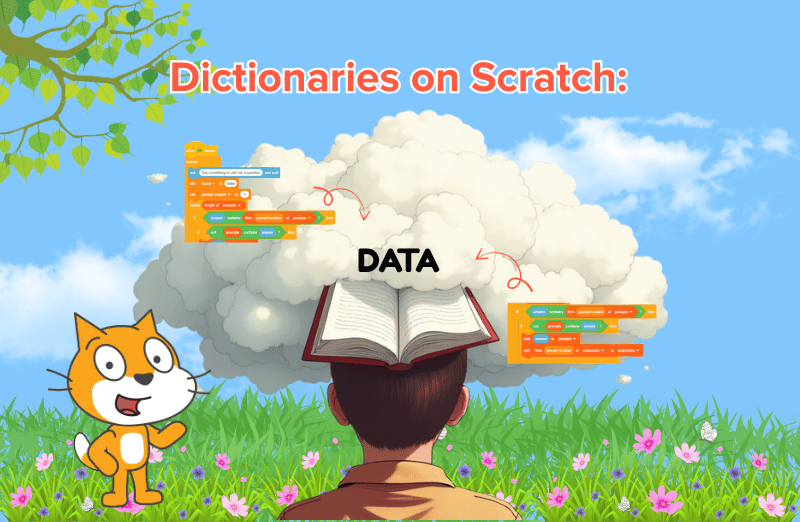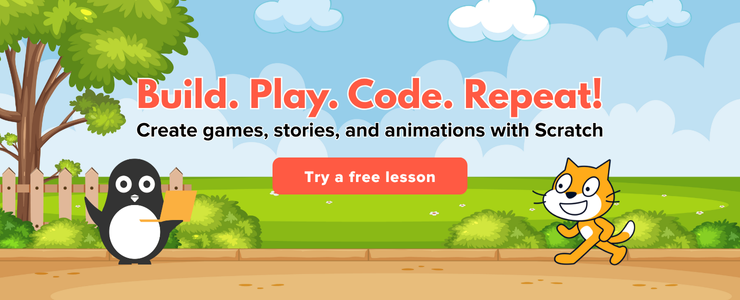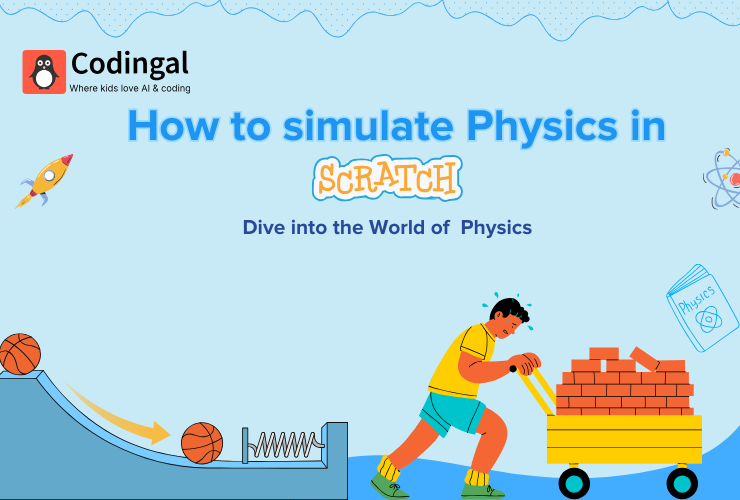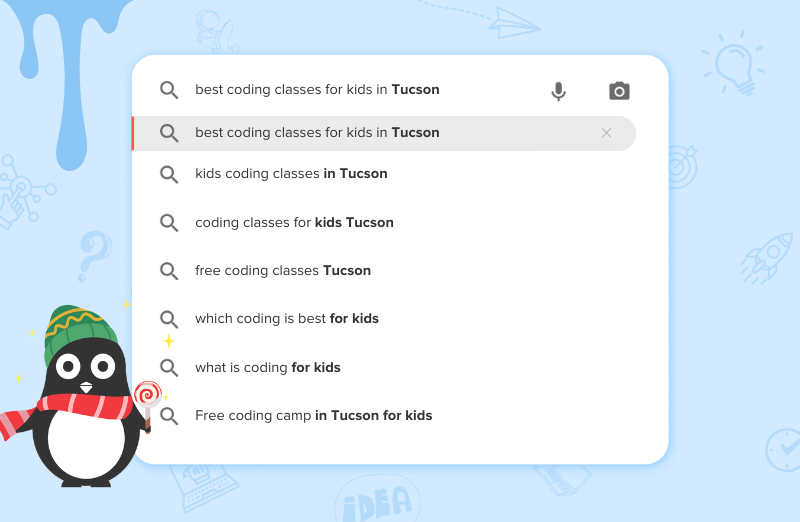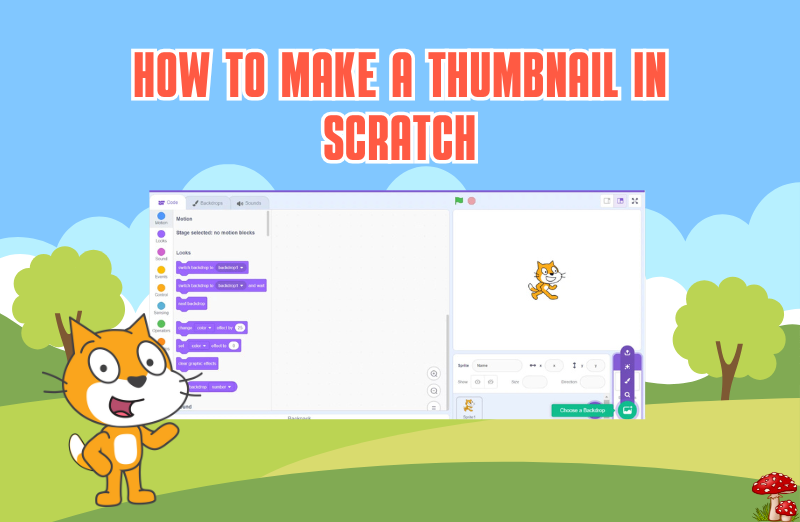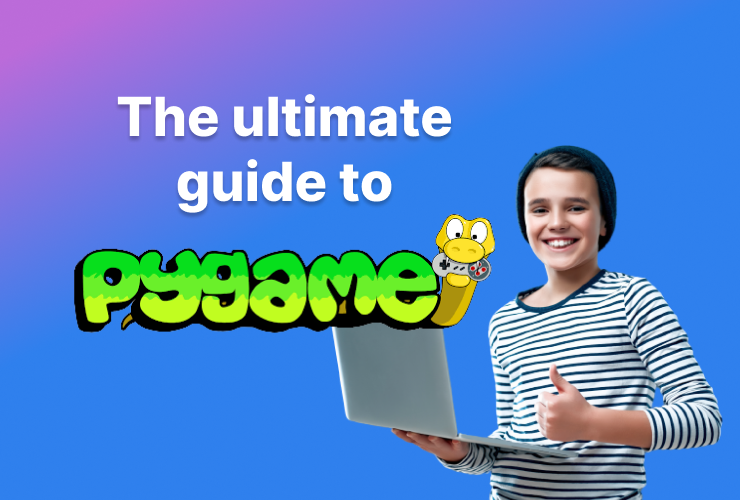Introduction
Dictionary is the world of meanings, isn’t that the first thought that comes to mind when we imagine about dictionary? Well, on the other hand, a dictionary in programming, is a type of a data structure that stores information in key-value pairs. While Scratch doesn’t have a built-in dictionary feature like some programming languages, you can still create and use dictionaries in Scratch by creatively using lists. In this guide, we’ll explore what dictionaries are, why they’re useful, and how you can simulate them in Scratch to store and organize data.
Why Use Dictionaries?
Dictionaries are very helpful when you need to store multiple pieces of related information and want to access them easily. They’re useful for projects where you need to store data about multiple items, like:
- Games: Tracking player stats like score, health, and level.
- Quizzes: Storing questions and answers.
- Inventory Systems: Keeping track of items, prices, or quantities.
In Scratch, we don’t have a built-in way to create dictionaries, but we can still use lists to store key-value pairs and simulate a dictionary.

How to Simulate Dictionaries in Scratch
While Scratch doesn’t directly support dictionaries, you can create something similar using two lists: one for the keys and one for the values. Here’s how to simulate a dictionary in Scratch:
- Create Two Lists:
You’ll need two lists to represent your dictionary. One list will store the keys (like names or attributes), and the other list will store the values (like scores or data).- List 1: Keys (e.g., “Name”, “Age”, “Score”)
- List 2: Values (e.g., “Alice”, 10, 150)
- Add Data to the Lists:
When you want to add a new piece of data, you’ll add the key to the Keys list and the corresponding value to the Values list.
For example:- Add “Name” to Keys.
- Add “Alice” to Values.
- Look Up Data:
To find the value associated with a specific key, you need to search the Keys list for the position of the key and then use that position to get the value from the Values list.
For example:- Find the position of “Name” in the Keys list.
- Use that position to get the value from the Values list, which would give you “Alice”.
Let’s break this down into steps.
Step-by-Step: Creating a Dictionary in Scratch
Let’s say you want to create a dictionary that stores a player’s name, age, and score.
Step 1: Create Two Lists
Go to the Variables section and create two lists:
- List 1: Keys
- List 2: Values
Step 2: Add Data to the Lists
Add the keys and values to the lists like this:
- Add “Name” to Keys, and “Alice” to Values.
- Add “Age” to Keys, and “10” to Values.
- Add “Score” to Keys, and “150” to Values.
Now you have a list of keys and a list of values:
- Keys: [“Name”, “Age”, “Score”]
- Values: [“Alice”, 10, 150]
Step 3: Looking Up Data
To find the value for a particular key, follow these steps:
- Use the “item # of [Key] in [Keys]” block to find the position of the key in the Keys list.
- Use that position to get the corresponding value from the Values list.
For example, to get the player’s name, use this method:
- Find the position of “Name” in the Keys list. Let’s say it’s in position 1.
- Get the value from position 1 in the Values list, which will give you “Alice”.
Conclusion
While Scratch doesn’t have a built-in dictionary feature, you can simulate dictionaries using lists. By storing keys and values in separate lists, you can create flexible and powerful ways to organize data in your projects. Whether you’re building a game, quiz, or interactive story, this method allows you to keep track of important information and retrieve it whenever you need it.
Now that you know how to use dictionaries in Scratch, try it out in your next project and see how easy it is to manage data!
